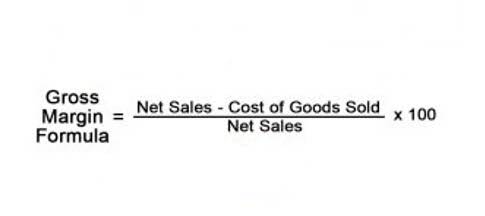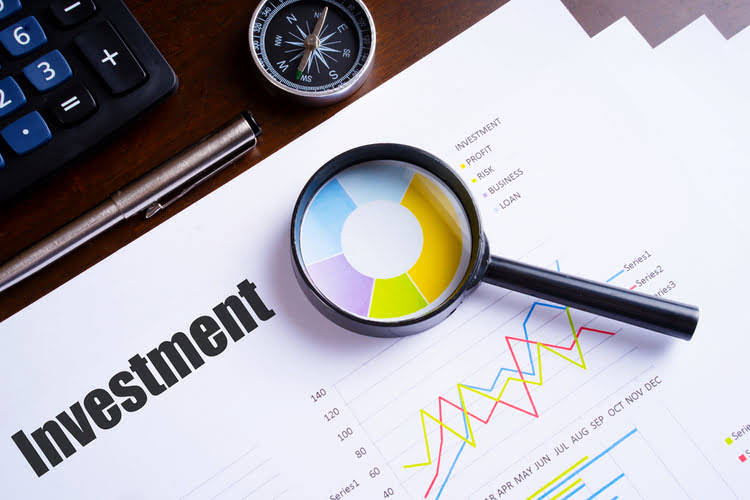
However, the valuation of liabilities should also assist investors and creditors in understanding the financial position. However, the valuation of liabilities should also help investors and creditors in understanding the financial position. When an obligation is created initially, the amount of liability is equivalent to the current market value of the resources received when the transaction occurs.
The Impact of Liabilities on Financial Statements

Assets represent resources a company owns or controls with the expectation of deriving future economic benefits. Liabilities, on the other hand, represent obligations a company has to other parties. Financial statements, such as the balance sheet, represent a snapshot of a company’s assets, liabilities, and equity at a specific point in time. Assets and liabilities are treated differently in that assets have a normal debit balance, while liabilities have a normal credit balance.
- Non-current liabilities, on the other hand, have a maturity longer than one year and include long-term loans, bonds payable, and deferred taxes.
- Examples of long-term liabilities are debentures and bonds, mortgages, long-term notes payable, other long-term obligations.
- In the U.S., a company can elect which costs will be removed first from inventory (oldest, most recent, average, or specific cost).
- Taxes Payable refers to the taxes owed by a company to various tax authorities, such as federal, state, and local governments.
- This approach can enhance comparability between companies, but it may also limit the ability to adapt to unique circumstances.
- These accounts are essential in tracking and managing debts and obligations arising from past business transactions.
Accumulated other comprehensive income
The company has not yet paid for them in that period, and they are not recorded in the company’s general ledger. The cash flow has yet to occur, but the company must still eventually pay for the benefit received. They are recorded on the company’s balance sheet as current liabilities and adjusted at the end of an accounting period. An accrued liability is a financial obligation that a company incurs during a given accounting period. Although the goods and services may already be delivered, the company has not yet paid for them in that period. Although the cash flow has yet to occur, the company must still pay for the benefit received.
Accounting for Bonds Issued Between Interest Dates
- Liabilities and equity are mutually exclusive claims to or interest in the enterprise’s assets by entities other than the enterprise.
- A current asset account that represents an amount of cash for making small disbursements for postage due, supplies, etc.
- Also sometimes called “non-current liabilities,” these are any obligations, payables, loans and any other liabilities that are due more than 12 months from now.
- Keep an eye on your cash flow to be sure you have enough liquid assets to cover these short-term debts.
- This can range from money owed to suppliers, as in accounts payable, to long-term commitments like mortgage payable or bonds issued.
Treasury stock is a subtraction within stockholders’ equity for the amount the corporation spent to purchase its own shares of stock (and the shares have not been retired). Common stock reports the amount a corporation received when the shares of its common stock were first issued. Their cost will be depreciated on the financial statements over their useful lives. These amounts are likely different from the amounts reported on the company’s income tax return.
Notes To the Financial Statements

If a business is organized as a corporation, the balance sheet section stockholders’ equity (or shareholders’ equity) adjusting entries is shown beneath the liabilities. The total amount of the stockholders’ equity section is the difference between the reported amount of assets and the reported amount of liabilities. Similar to liabilities, stockholders’ equity can be thought of as claims to (and sources of) the corporation’s assets.
Accounting for a Liability Account
This is the amount of income tax you owe to the government but haven’t paid yet. Just like personal taxes, business taxes can’t be ignored—Uncle Sam always gets his due. Liabilities might not be the most exciting topic, but understanding them is crucial for any business owner. This guide breaks down the different types of liabilities, provides clear examples, and explains why they matter.
- The comparative balance sheet presents multiple columns of amounts, and as a result, the heading will be Balance Sheets.
- Assets are what a company owns or something that’s owed to the company.
- For example, if you take a $10,000 loan with a 5% annual interest rate, each monthly payment will consist of a portion that goes toward the principal and a portion that covers the interest expense.
- Each project’s costs are accumulated separately and will be transferred to the appropriate property, plant, or equipment account when the asset is placed into service.
- Since the gain is outside of the main activity of a business, it is reported as a nonoperating or other revenue on the company’s income statement.
- This financial statement reports the amounts of assets, liabilities, and net assets as of a specified date.
They’re recorded in the short-term liabilities section of the balance sheet. By looking at current liabilities alongside current assets, you can determine whether a business can cover what’s due in the short term. Metrics like the current ratio and quick ratio give insights into liquidity, helping you advise clients on how to stay financially stable and avoid cash crunches. In accounting, liabilities are the amounts a business owes to other people or organizations. This could include loans from a bank, unpaid bills to suppliers, wages owed to employees, or taxes that haven’t been paid yet.

The method of determining the discount rate described below could be used by both the lessor and lessee. For ease of illustration, investment tax credits or deferred initial direct costs are ignored. As shown in Exhibit 3, Excel’s Goal Seek function is applied to solve for the implicit rate that sets the fair value equal to $1,000,000. The major financial statements that a company produces on a regular https://ecocan.org/14-sample-budget-report-templates/ basis report on these five account types. The Balance Sheet shows the relationship between Assets, Liabilities, and Equity, where assets normally maintain a positive balance and equity and liabilities maintain a negative balance. As regards current liabilities, there is little difference between the discounted net value and the contractual value of liabilities.

Financial Cents Helps You Manage Liability Tasks Across Clients
You might also deal with post-employment benefits, like accounting for liabilities retirement plans owed to workers. Warranty liability from product repairs could also count as a non-current liability in some industries. Edited by CPAs for CPAs, it aims to provide accounting and other financial professionals with the information and analysis they need to succeed in today’s business environment. Expenses are expenditures, often monthly, that allow a company to operate.

Leave a Reply